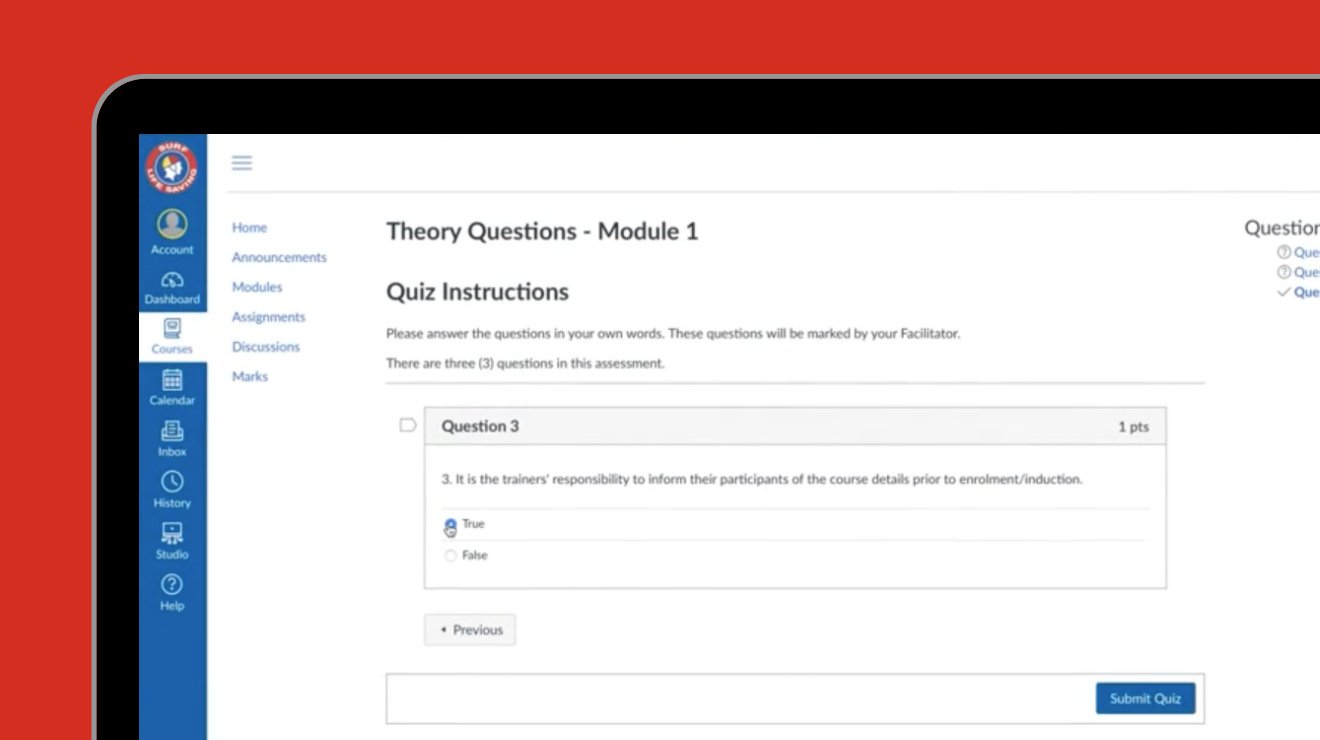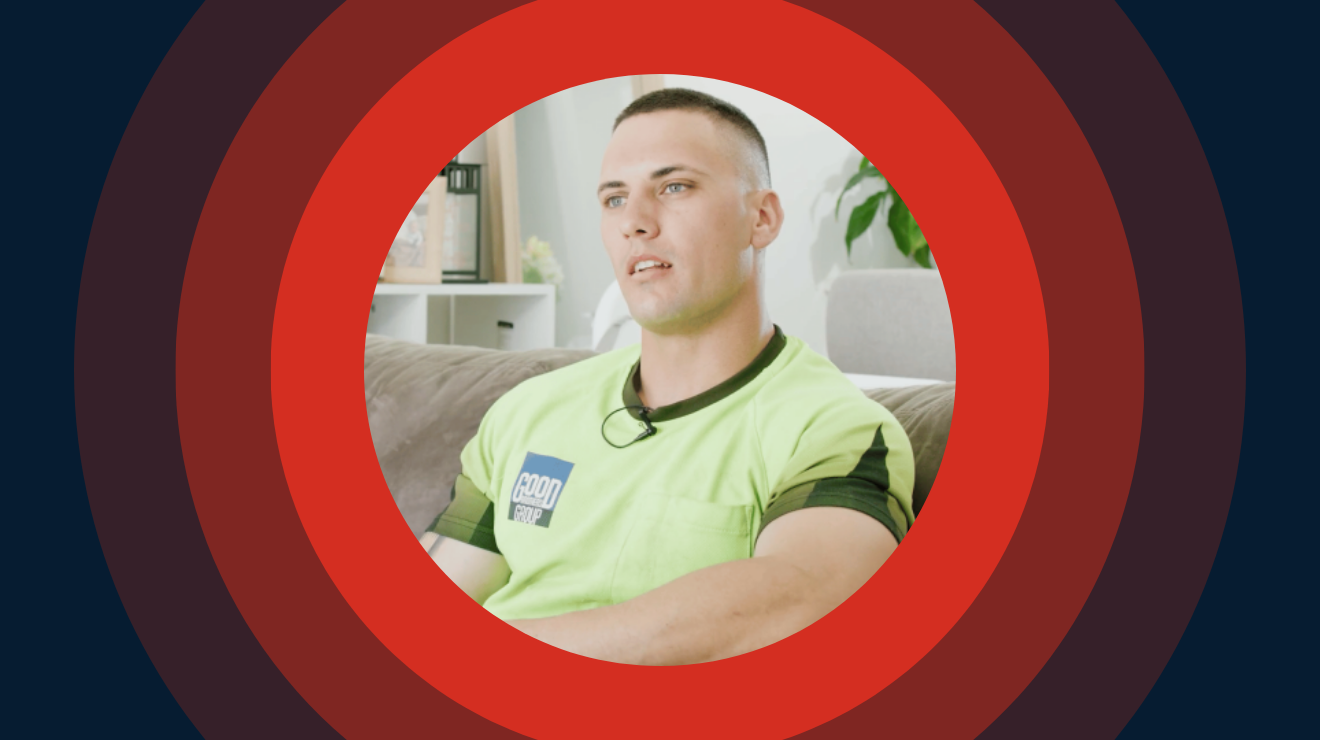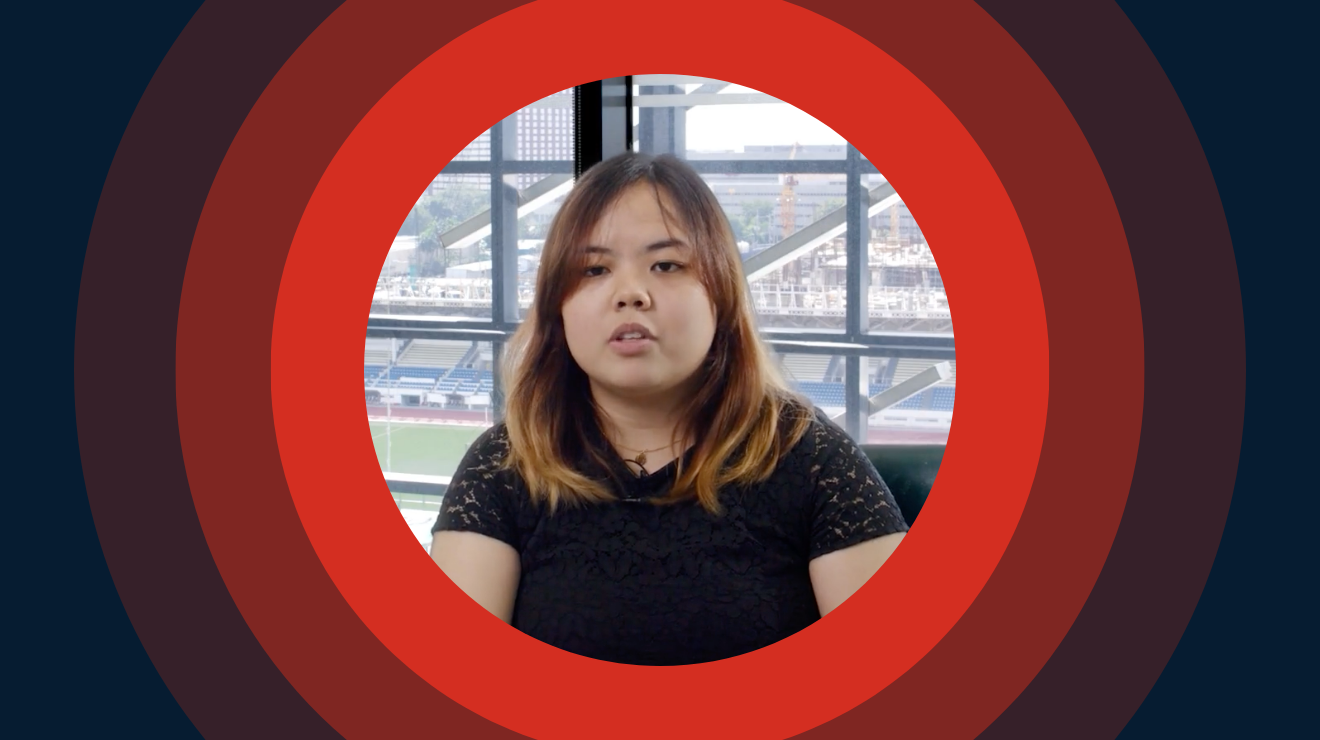From the outback to online: How ACRRM delivers clinician-first education with Canvas
In some of Australia’s most remote regions, doctors are often the only point of care in their communities. They’re GPs, emergency responders, anaesthetists, and counsellors, all in one day. Supporting these clinicians means offering education that’s flexible, relevant, and grounded in the realities of rural practice.
The Australian College of Rural and Remote Medicine (ACRRM) delivers education that meets this challenge. Through Canvas, the college provides doctors with tools to learn on their terms, no matter their location, schedule, or clinical demands. What sets ACRRM apart is how intentionally the platform is used. Education is structured to meet learning outcomes while also reflecting the lived experience of rural doctors across the country.
And the community is both the doctors that we train, but also the people that live in the community that get treated by the doctors. One of the things that's really important is the knowledge that rural medicine is different to urban medicine and it's the reason we exist and it's the reason we have our own curriculum. All of the doctors who train and gain fellowship with our college, see themselves as specialists in rural medicine and you need to be able to have doctors that have a really broad range of skills to be able to provide care. Our educational responsibility has to cater to a very divergent group of doctors because they don't have the system structures and networks to support them in real time. The educational component really has to bring them up to a different level, probably faster than many other places.
We wanted to design an education program that rural doctors could access and that it fit into their life, not the other way around. We were doing this through a number of different platforms initially, and then we discovered Canvas. Canvas has become a really important tool for us to be able to provide them with education, provide them with services, and provide them with support that hopefully close some of that professional isolation. The flexibility allows them to engage in the program when they want to and how they want to. They can access it on a variety of devices.
If they've got an iPad, even a phone, they're able to use the Canvas app to access the courses at a time and place that's suitable to them. As our program expands and matures and becomes more sophisticated, we can keep using Canvas to build upon what we've already got and scale it. As a tool, Canvas is able to provide learning that is very much focused on the learner. So every decision I make about the design and development of programs, I'm always thinking how will the learner engage with this. We keep discovering more ways that we can make the content interactive.
We'll look at Canvas, and we'll think about all the different ways that we could make that content more interactive and come to life. So it kind of has gone from here's how we're gonna deliver a bit of online learning to basically Canvas being the cornerstone. Everyone learns differently. You know, everyone comes from a different place and they learn in a different pace and they learn a different way. We need to design a program that is absorbable by every type of doctor we have.
I one hundred percent think Canvas helps us do that. It is the platform that sets the platform that sets the framework for all of our educational delivery. The whole ACRRM process is an incredible service. Without that piece of technology, it just would not be possible to do it. What I enjoy most about the work that I do is seeing the registrars cross the stage to get their graduation hats when they've achieved fellowship with the college. I know that ultimately that means that our rural communities in Australia will be getting really great care, and that makes me really proud.
Flexible learning for full-time clinicians
ACRRM’s registrars and members are already working in the field. They’re fitting study in between long shifts, on-call duties, and family responsibilities. That reality shapes every part of the education design.
“We’re asking ourselves: what’s going to feel manageable for a learner who’s on call tonight, or grabbing an hour to study after the kids are asleep?” said Stephen Deering, instructional designer at ACRRM.
The fellowship program includes more than 70 topics, but rather than overwhelming learners with bulk content, it’s broken into modules and released incrementally through Canvas. This gives registrars space to focus on the topic in front of them, rather than trying to tackle everything at once.
Each module is designed in collaboration with rural clinicians—people who have gone through the fellowship themselves and now bring their specialist expertise to the table. "They’ve seen what works in practice," said Deering. “That shapes the kinds of case studies we build and the way we guide the learning.”
Built for access, wherever doctors are
ACRRM’s members live and work in vastly different contexts, from remote island communities to desert towns, alpine regions, and coastal clinics. That diversity demands more than access to online learning. It requires content that’s practical, flexible, and usable even with low connectivity.
“We can’t assume everyone’s got fast internet,” said Kayla Markey, Curriculum Development Coordinator. “That means our courses need to load easily and work well on different devices. We use engaging formats, but we always prioritise access.”
Canvas makes that balance possible. Courses are designed to be lightweight, while still incorporating a mix of text, visuals, and embedded tools. Learners can move at their own pace, diving deeper into topics they’re less familiar with, or skimming content they already know well.
It also enables self-direction. Some registrars spend more time on mental health or emergency care, while others prioritise obstetrics, dermatology, or anaesthetics, depending on the needs of their patients and communities.
Smarter workshops through flipped learning
Many of ACRRM’s clinical training courses follow a flipped classroom model. Participants complete online content in Canvas ahead of time, so that in-person workshops can focus on hands-on practice and discussion.
"Before Canvas, participants might travel long distances to attend a course, only to sit through three hours of theory first," said Markey. "Now, they come in with that knowledge already in hand. We can get straight to the practical side."
The approach is used across multiple training contexts, including ALS2 (Advanced Life Support), pre-hospital emergency training, and procedural skills courses. It saves time and improves the overall learning experience, especially when participants are stepping away from busy clinical roles.
Facilitators also use the Canvas Teacher app on iPads to mark competencies in real time. If a participant leads a scenario, the feedback entered into Canvas is instantly visible to the next facilitator, who can adapt their session accordingly. “It gives us consistency,” said Markey, “and lets us adjust the learning to suit each person’s needs.”
Supporting learning across an entire career
ACRRM uses Canvas not only for registrar education, but also for professional development and facilitator training. Like many institutions, they initially built a custom LMS to meet their unique needs, but over time found it increasingly difficult to maintain and scale. Lex Lucas, Education Development Manager, described how the platform now supports every aspect of ACRRM’s educational mission.
“We started by replacing a custom LMS we’d outgrown,” said Lucas. “But Canvas has become much more than a course platform. Our regional teams now use it to run study groups, support communities of practice, and build interactive learning across everything we do.”
Canvas has also made a difference behind the scenes. By automating tasks like enrolments, marking, and certificate generation, it’s freed up ACRRM’s educators to spend more time on content and delivery.
Reliable learning, even in remote places
For Dr. Jim Muir, a consultant dermatologist and long-time contributor to ACRRM’s Tele-Derm service, the impact of the platform is clear. "The site is intuitive. I never needed training. I just log in, and it works."
Tele-Derm allows rural doctors to submit clinical images and questions, and receive expert advice, often within 24 hours. It’s one of several ways ACRRM uses Canvas to reduce professional isolation and help rural clinicians deliver timely, accurate care.
Doctors can also browse a growing library of case studies and videos, review others’ questions and responses, and complete learning at a pace that suits them. Whether they’re at a city hospital or a remote clinic in the Northern Territory, the platform gives them access to the same tools, insights, and support.
Ongoing education with community impact
Canvas supports learners at every stage of their journey, from new registrars to seasoned fellows. For ACRRM, it's a platform that enables connection, reflection, and steady improvement over time.
"Our doctors work in so many different ways, across so many different places," said Lex Lucas. "Canvas helps us deliver education that fits their context, respects their time, and supports the communities they serve. That’s why we’ve built everything around it."


